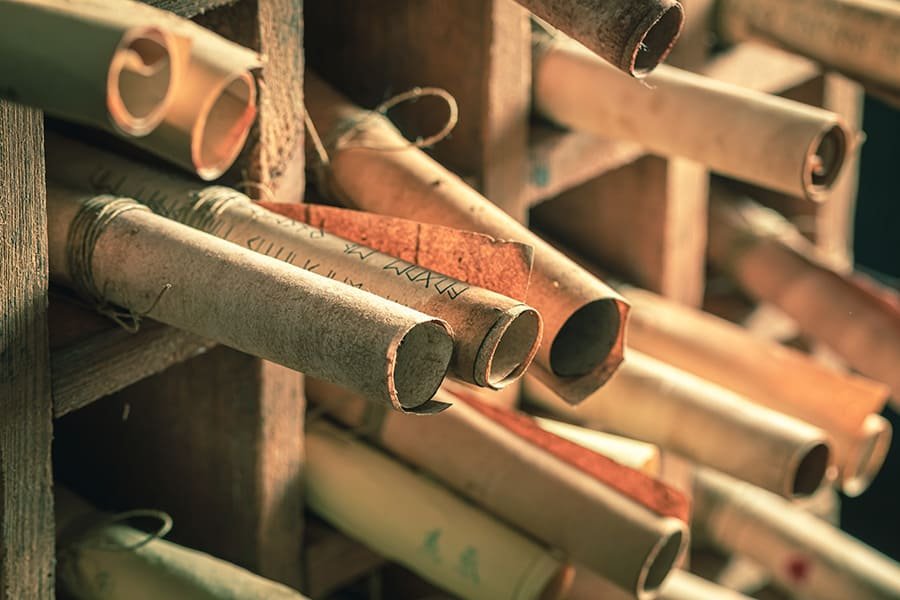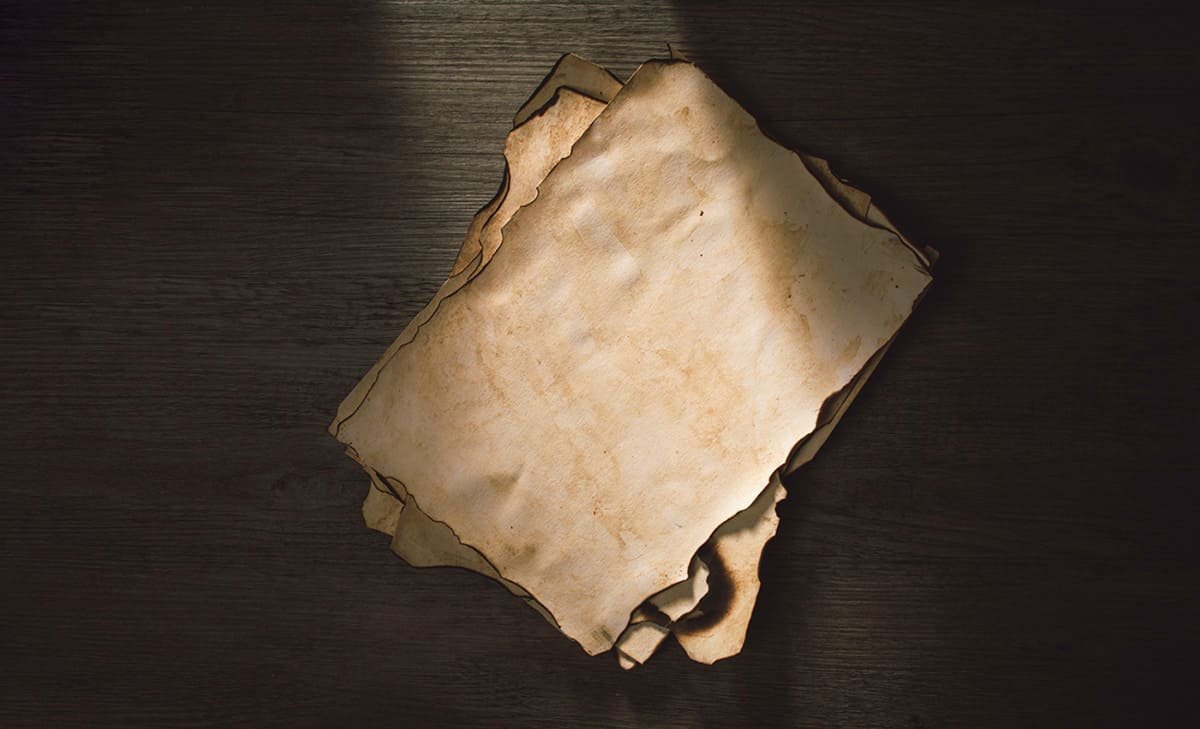Papyrus Egyptian Paper Secrets
How is Papyrus Paper Created?
Have you ever wondered about the process behind the creation of the ancient artifact known as papyrus paper? The art of making papyrus paper is an age-old tradition that stretches back to the times of the Ancient Egyptians. The same techniques that were used thousands of years ago are still in use today to produce this unique form of paper. The process starts with the papyrus plant, a tall, aquatic, perennial herb native to the Nile delta in Egypt. Its long, triangular stems are harvested, then sliced into thin strips, which are soaked in water to start the transformation process.
The Traditional Method of Making Papyrus Paper
After soaking, the thin strips of papyrus are arranged in two layers at right angles on a hard surface, forming a cross-hatch pattern. This is followed by the application of a heavy weight or press, to bond the strips together and squeeze out excess water. Once dried, the result is a sturdy, flexible, and light sheet of papyrus paper. The beauty of this process is its organic nature – no artificial bonding agents are used. It's a purely mechanical process, just as it was in ancient times, where the natural sugars in the plant act as a glue to bind the strips together.
Quality Factors and Authenticity in Papyrus Paper
Recognizing an authentic, high-quality sheet of papyrus paper involves observing a few distinct characteristics. First, one should note the texture - genuine papyrus paper is neither perfectly smooth nor completely uniform. Its slightly rough and irregular texture is a testament to the natural, handcrafted process of its making. Furthermore, the paper should show faint lines or marks where the papyrus strips were pressed together. The color of authentic papyrus can vary, but it generally has a warm, natural hue, ranging from light tan to darker brown. Lastly, when held up to the light, real papyrus paper reveals its true beauty – the intersection of individual strips forming a unique pattern, like nature's own fingerprint. These qualities collectively assert the authenticity of true papyrus paper, ensuring you are holding a piece of history in your hands.

Delving into the Art of Making Papyrus Paper
A blend of culture, history, and craft - papyrus paper is a fascinating artifact that traces its roots to the Ancient Egyptians. One of the earliest forms of paper as we know it, the papyrus plant, native to the Nile delta, is the key ingredient. The fascinating process of making papyrus paper, largely unchanged since ancient times, is a testament to the resilience of these age-old methods. The transformation from a tall, aquatic perennial herb into a beautiful canvas for creative expression begins with the careful selection and harvesting of the plant.
Harvesting the Papyrus Plant
The journey of making papyrus paper begins with the harvest of the papyrus plant. It's a task that requires precision, as only the best parts of the plant are suitable for paper production. The triangular, fibrous stems are chosen carefully, keeping an eye out for the right thickness and length. These long stems are then cut into thin, even strips, a task demanding finesse and steady hands. These strips are the building blocks of what eventually becomes papyrus paper.
Soaking and Layering the Papyrus Strips
Once the strips are prepared, they are soaked in water for an extended period. This crucial step initiates the transformation of raw plant material into a substance suitable for writing or artwork. After a thorough soaking, the softened strips are taken out and carefully laid down in layers, forming a crisscross pattern. One layer is laid vertically, while the other is horizontal, resulting in a cross-hatch design that is characteristic of genuine papyrus paper.
Pressing and Drying the Papyrus Sheets
The layers of papyrus strips are then pressed and dried. The pressing process helps bond the layers together, squeezing out excess water and compacting the fibers of the plant. A heavy weight or press is used, and no artificial binding agents are added. This process adheres strictly to the traditions of making papyrus paper as practiced in Ancient Egypt. After pressing, the papyrus sheets are left to dry, transforming into a flexible, light, and durable form of paper.
The Timeless Quality of Papyrus Paper
The quality of authentic papyrus paper lies in its distinct characteristics. Genuine papyrus paper possesses a unique texture - slightly rough, irregular, and far from the perfect smoothness of modern paper. This tactile experience is part of the charm of papyrus, adding to the appeal for artists, historians, and enthusiasts alike.
Discerning Authenticity in Papyrus Paper
Identifying a high-quality, authentic sheet of papyrus paper involves several key factors. The presence of faint lines or markings where the strips intersect is a telltale sign of authenticity. This detail is a product of the traditional crisscross layering and pressing process, and it can't be replicated by modern paper manufacturing methods. Additionally, the color of genuine papyrus paper can range from a light tan to a deeper brown, but it always exhibits a warm, natural hue. The irregularities in color, the presence of plant fibers, and the unique texture all contribute to the paper's authenticity.
The illuminating Beauty of Papyrus Paper
Perhaps the most striking feature of authentic papyrus paper becomes apparent when it is held up to the light. The intersecting papyrus strips create a stunning pattern, reminiscent of a carefully constructed lattice. This light-filtering quality is unique to genuine papyrus paper, reflecting the craft and attention to detail that goes into its making.
A Blend of Art and History
In essence, the process of making papyrus paper is a beautiful blend of art, tradition, and historical practice, maintained throughout the centuries. The allure of this paper lies not only in its practical use but also in the inherent beauty and history each sheet carries. From the harvesting of the papyrus plant to the pressing of the strips, and finally, to the drying of the sheet - the entire process is a tribute to an art form that has stood the test of time. When you hold a piece of authentic papyrus paper, you're holding a tangible piece of history, a testament to the innovation of the Ancient Egyptians, and a beautiful canvas for creativity.

LEAVE A COMMENT
Related Articles

Making Papyrus Paper

Papyrus Sheets History
Papyrus Paper Store offers premium, authentic Egyptian Papyrus paper at competitive prices. Immerse yourself in history and tradition through our meticulously handcrafted sheets, perfect for artists, students, and history enthusiasts alike.
© 2025 Papyrus Paper Store. All Rights Reserved.
